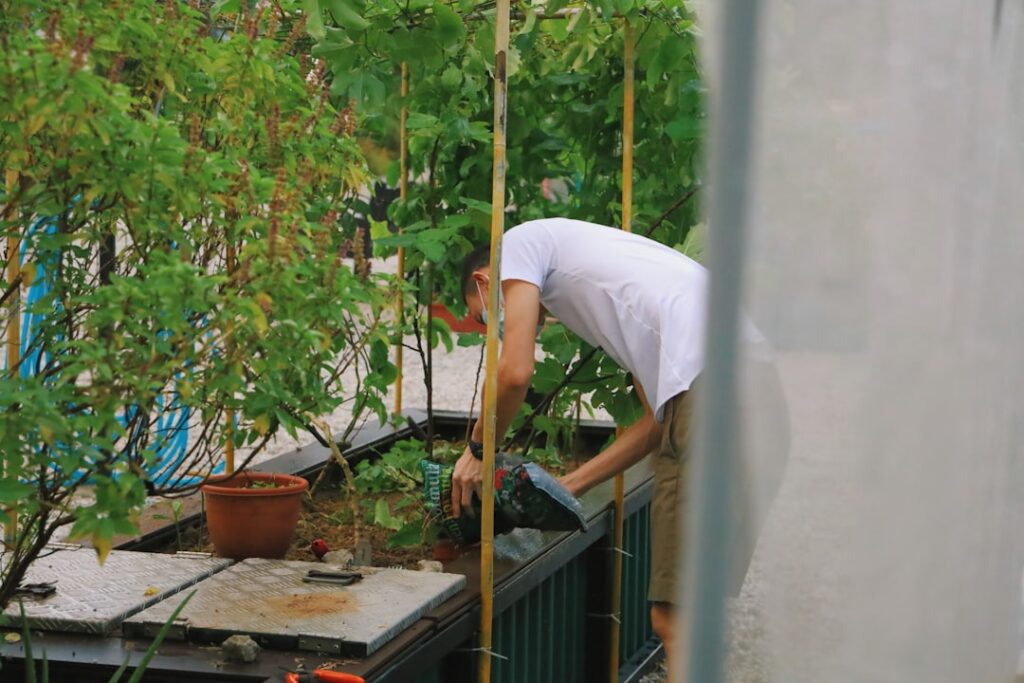Urban farming is not a new concept, but integrating it into home design is a fresh and innovative approach. With the increasing awareness about sustainability and organic living, more people are now keen on creating edible landscapes at their homes. This not only beautifies the space but also provides fresh, organic, and locally grown produce. This article will guide you on how to create your own edible landscape at home.
Understanding Edible Landscaping
Edible landscaping integrates food plants within an aesthetic setting. This concept combines vegetable growing and conventional landscaping into a cohesive unit. Instead of the traditional vegetable garden, an edible landscape has the same appeal as a flower garden but with the added benefit of providing food. This approach is gaining popularity as it promotes local and sustainable food systems.
Getting Started with Edible Landscaping
To start, you should first understand your space and climate. The amount of sunlight, type of soil, and the local climate are crucial factors in determining which plants will thrive in your area. It’s also important to start small, especially if you are new to gardening. Choose easy-to-grow plants that require minimal care. Herbs, tomatoes, lettuce, and strawberries are great options for beginners. You can gradually add more plants as you get more comfortable with gardening.
Designing Your Edible Landscape
Designing an edible landscape is similar to designing any other garden. Start by sketching a plan. Consider the size, shape, and location of your garden beds. Think about how the colors, textures, and sizes of the plants will interact. Remember, the goal is to create a visually pleasing landscape that also produces food. You can use tall plants to create a sense of depth, while colorful vegetables and fruits can be used to add visual interest.
Benefits of Edible Landscaping
Edible landscaping has several benefits. Firstly, it allows you to grow your own organic food, which is healthier and more sustainable than store-bought produce. It also saves money as you cut down on grocery expenses. Additionally, tending to a garden can be a great form of exercise and a therapeutic activity. Moreover, edible landscapes help in promoting local biodiversity and improving the overall ecosystem.
Maintaining Your Edible Landscape
Just like any garden, an edible landscape requires regular care and maintenance. Watering, weeding, and pruning are essential tasks. Pest control is also important, but instead of using chemical pesticides, consider organic methods or companion planting. Remember, the key to a successful edible landscape is patience and continuous learning. Gardening is a constant process of trial and error, so don’t be disheartened if you encounter challenges along the way.

